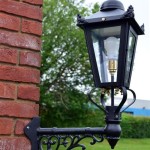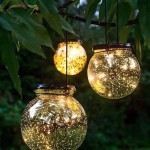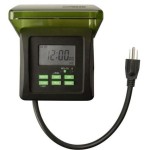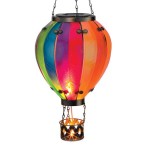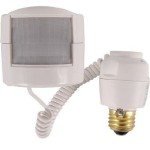Best Material for Outdoor Projector Screens: Essential Considerations
Outdoor projector screens are must-haves for memorable movie nights under the stars. However, selecting the right screen material is crucial to ensure an optimal viewing experience. This article will explore the key aspects to consider when choosing the best material for your outdoor projector screen.
1. Material Type: Vinyl or Fabric?
The first decision is between vinyl and fabric screens. Vinyl screens offer excellent durability and can withstand wind and rain, making them ideal for permanent outdoor installations. Fabric screens, on the other hand, provide sharper images and better contrast, but they require more care and handling.
2. Gain Factor: Brightness and Contrast
Gain factor measures the screen's ability to reflect light, affecting the brightness and contrast of the projected image. A higher gain factor results in a brighter image, while a lower gain factor enhances contrast. For outdoor screenings, a gain factor of 1.2-1.5 is recommended for a balance between brightness and contrast.
3. Viewing Angle: Wide or Narrow?
Viewing angle refers to the maximum range from which the projected image remains visible without significant loss of clarity. Wide-viewing-angle screens allow for a larger audience, but they can reduce color accuracy and contrast. Narrow-viewing-angle screens offer better image quality but limit the viewing area.
4. Screen Surface: Matte or Glossy?
Matte screens diffuse projected light, reducing glare and providing a more consistent viewing experience in various lighting conditions. Glossy screens, while not as glare-resistant, produce brighter images with higher contrast. The choice depends on the ambient lighting and viewing preferences.
5. Portability and Setup: Roll-Up or Fixed?
For portable outdoor screenings, roll-up screens are convenient and easy to transport. They can be quickly set up and taken down. Fixed screens, on the other hand, are more durable and provide a more stable viewing experience but are less portable.
6. Tension System: Flat or Curved?
A flat tension system ensures the screen remains taut and wrinkle-free, providing a sharp and undistorted image. Curved tension systems create a more immersive viewing experience by projecting the image onto a slightly curved surface.
7. Environmental Factors: Weather Resistance and UV Protection
Outdoor screens must withstand various weather conditions. Vinyl screens with UV protection can resist fading and damage from prolonged sun exposure. Fabric screens may require additional protection when exposed to direct sunlight.

7 Diy Outdoor Screens How To Make A Homemade Screen

What To Know Before Outdoor Projectors Screens Projectorscreen Com

The 3 Best Outdoor Projector Screens Of 2024 Reviews By Wirecutter

Genius The Backyard Theater You Can Build In A Day Bob Vila

What To Know Before Outdoor Projectors Screens Projectorscreen Com

What To Know Before Outdoor Projectors Screens Projectorscreen Com

The 5 Best Projector Screens Of 2024 Zdnet

The 3 Best Outdoor Projector Screens Of 2024 Reviews By Wirecutter

How To Set Up Your Own Outdoor Home Theater Digital Trends

The 5 Best Projector Screens Of 2024 Zdnet
